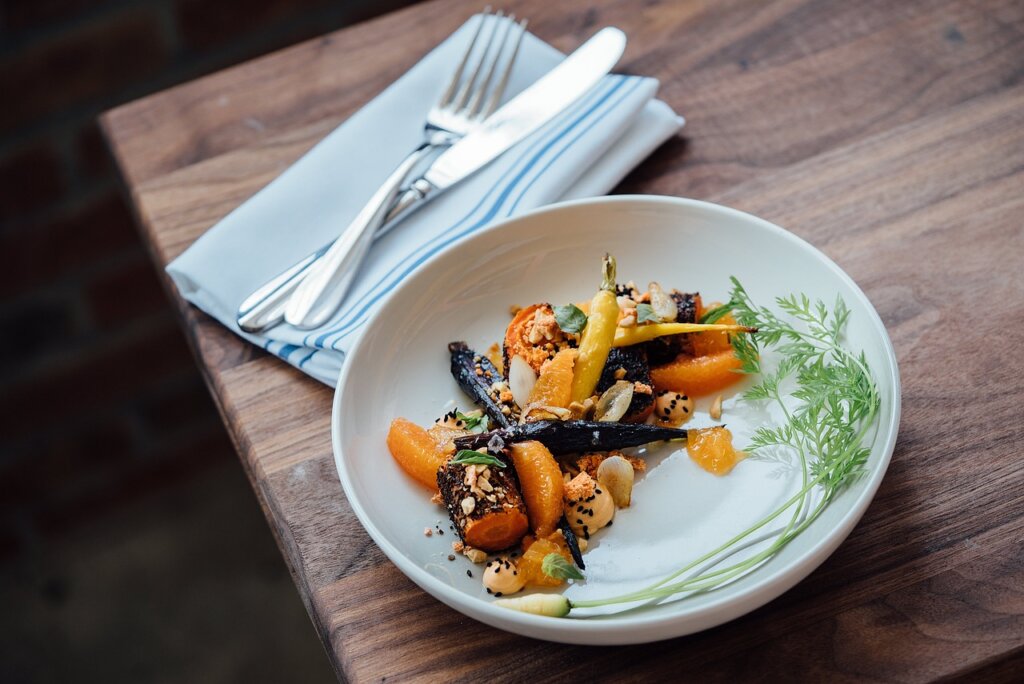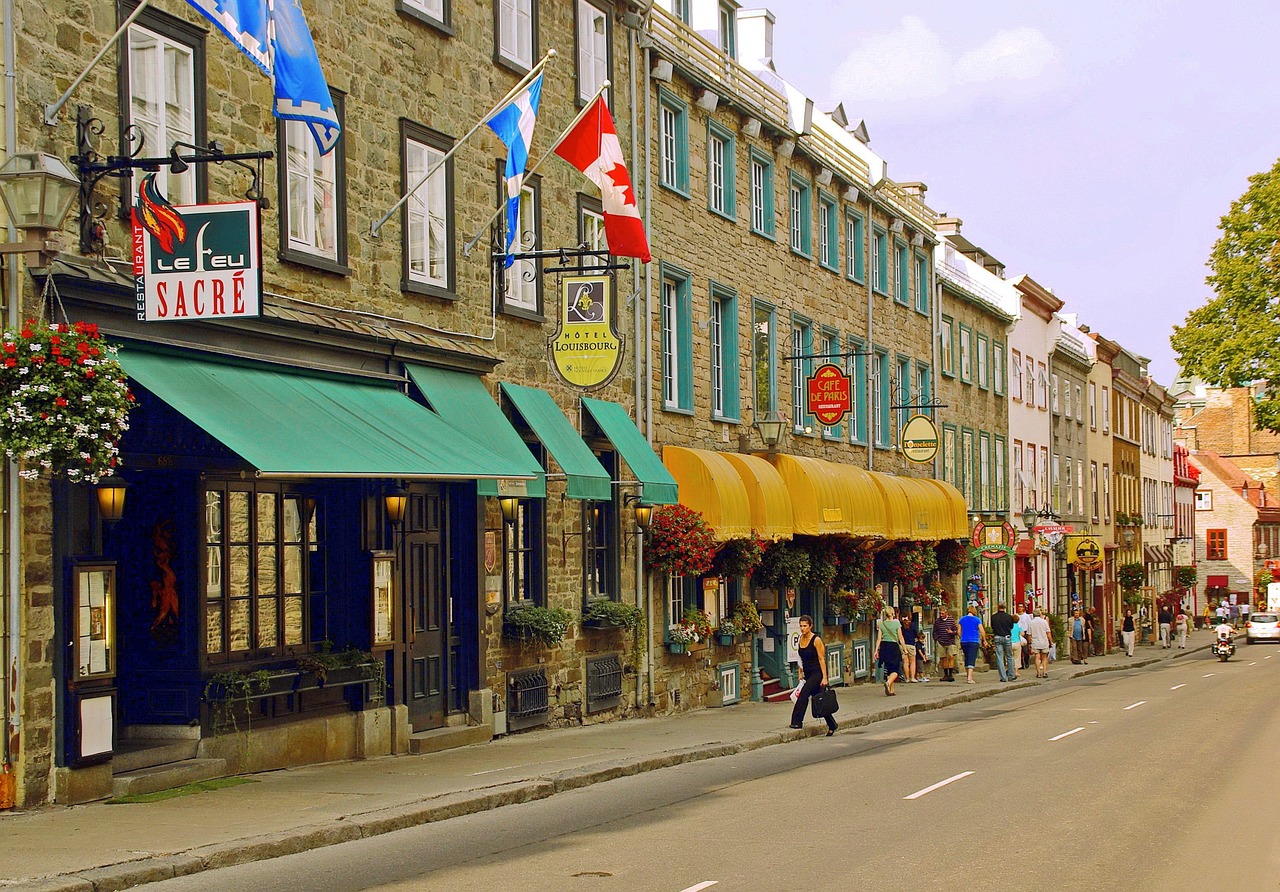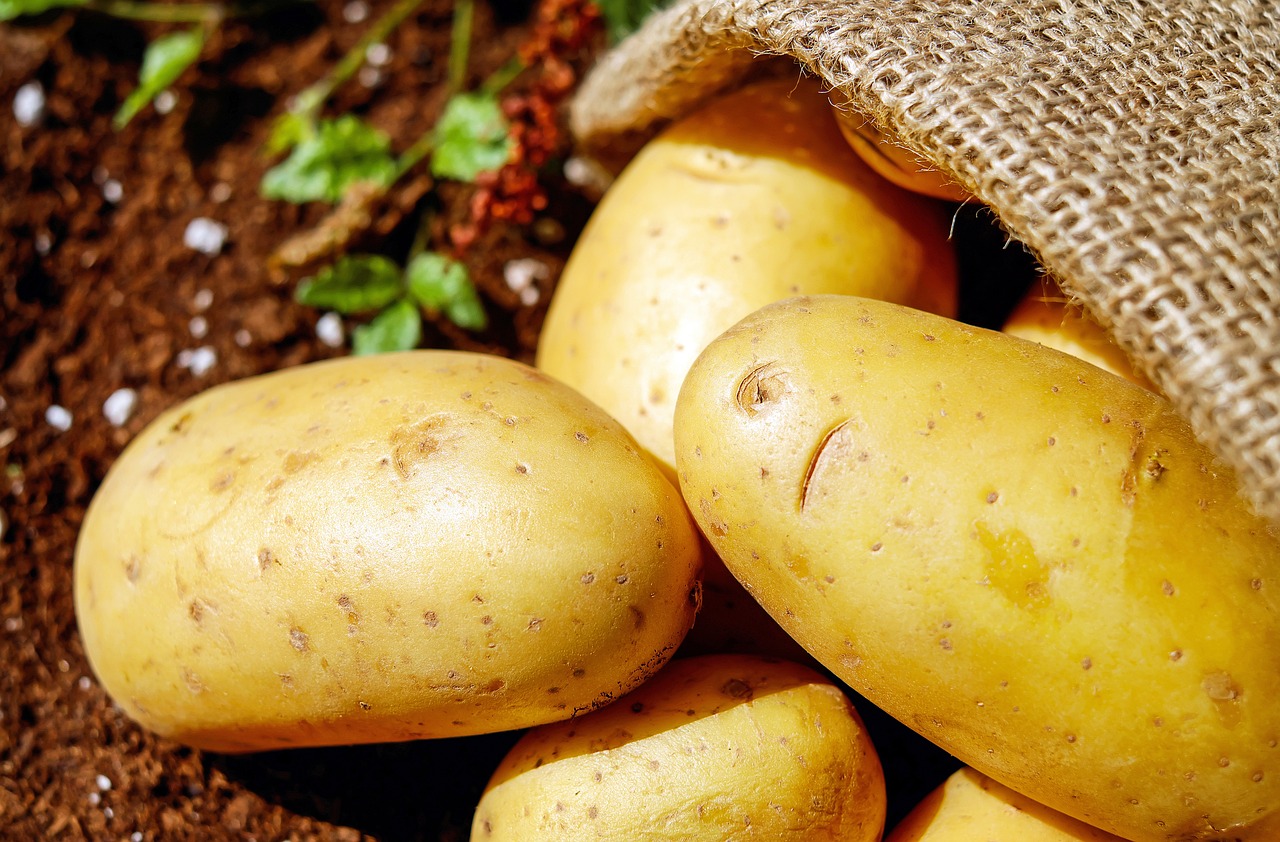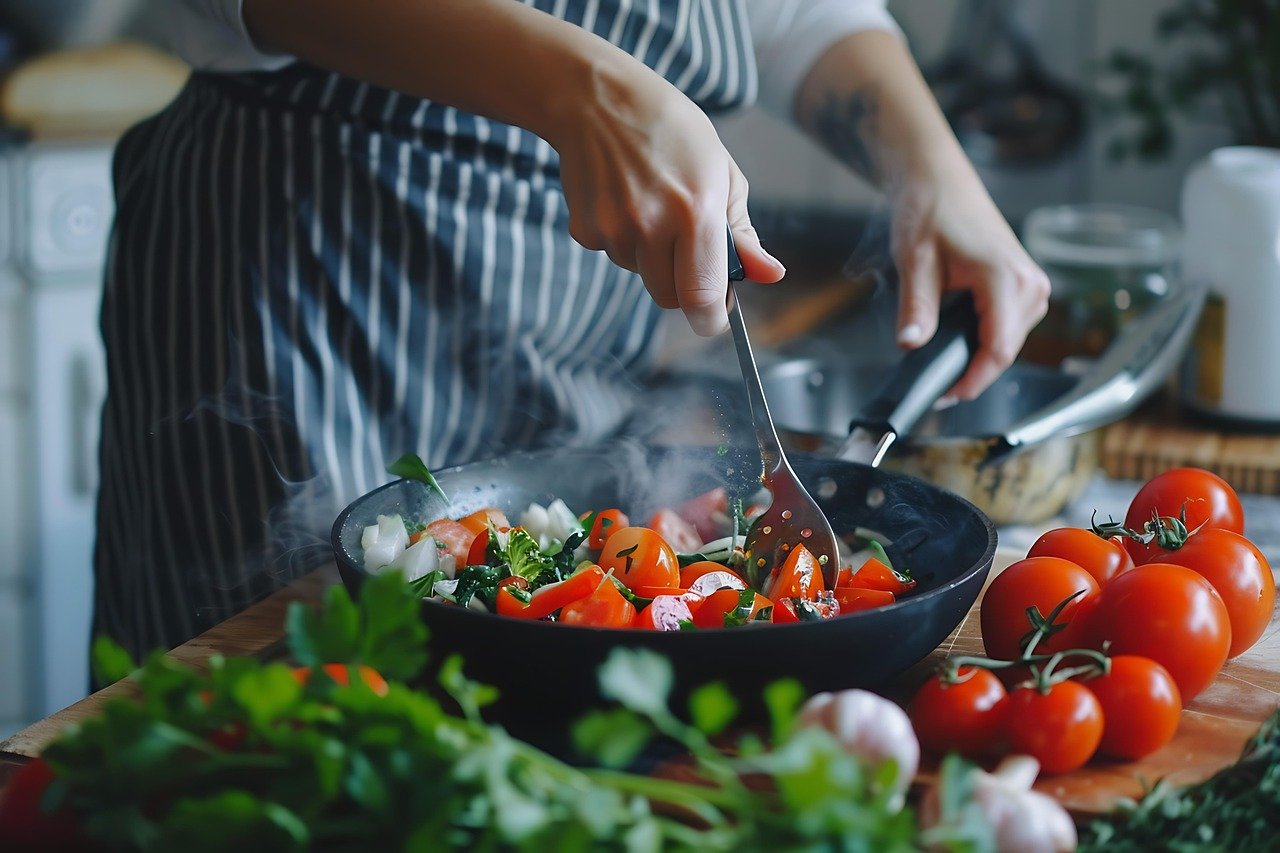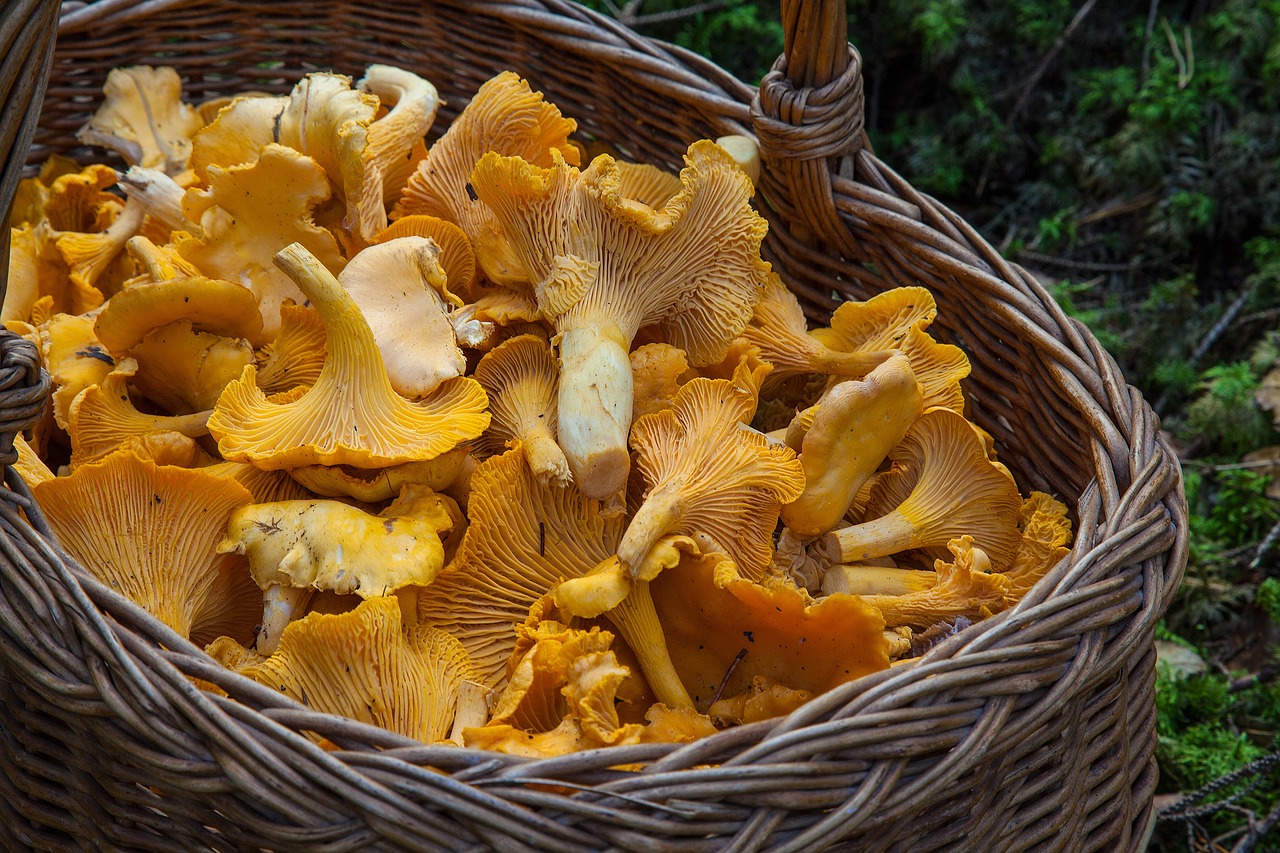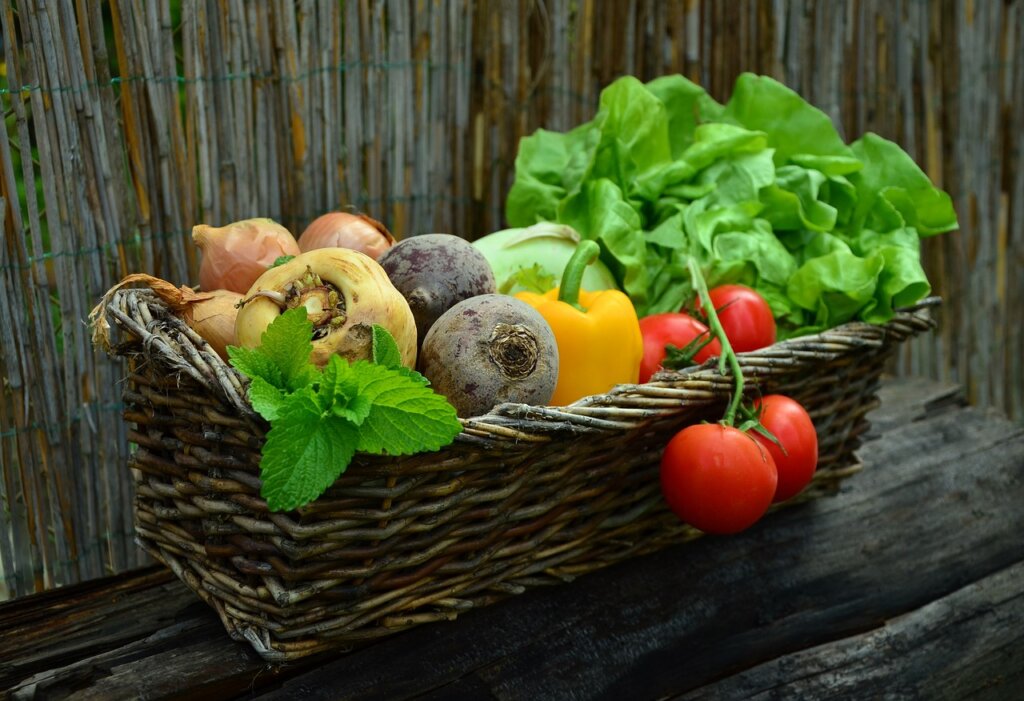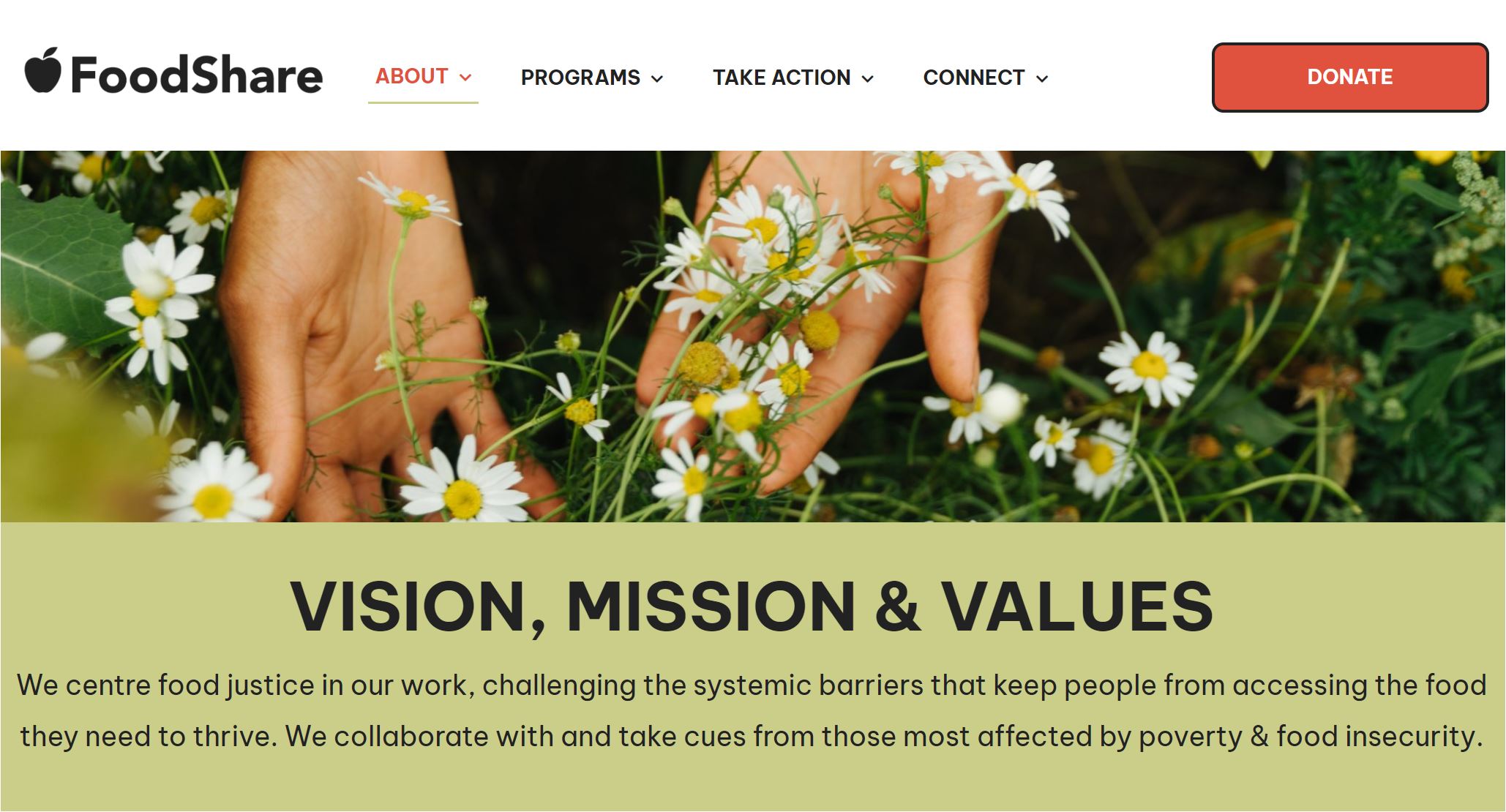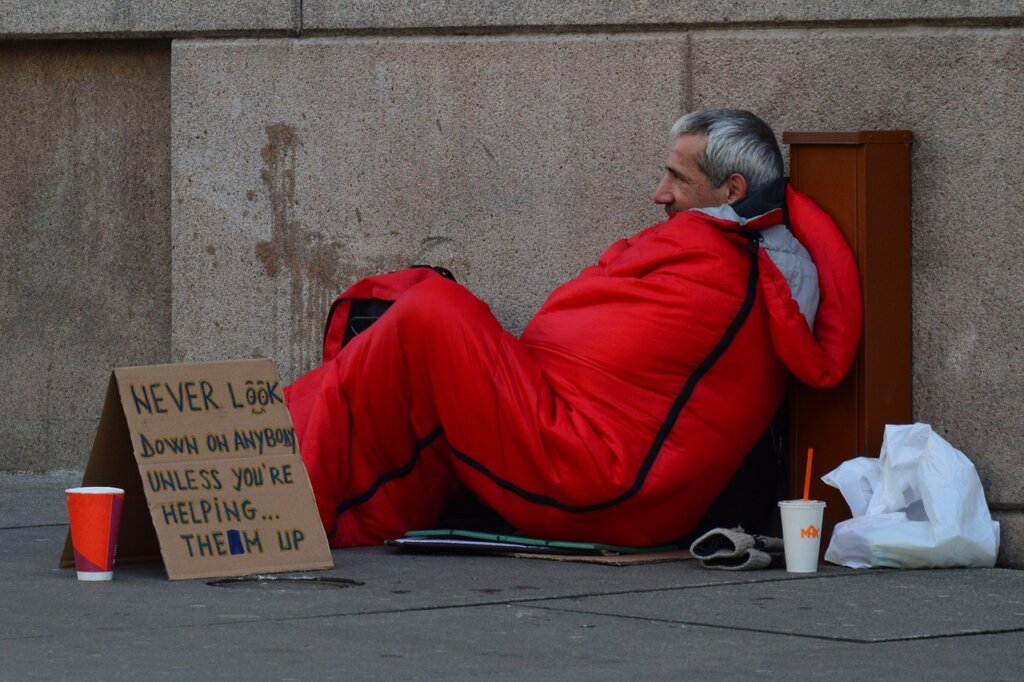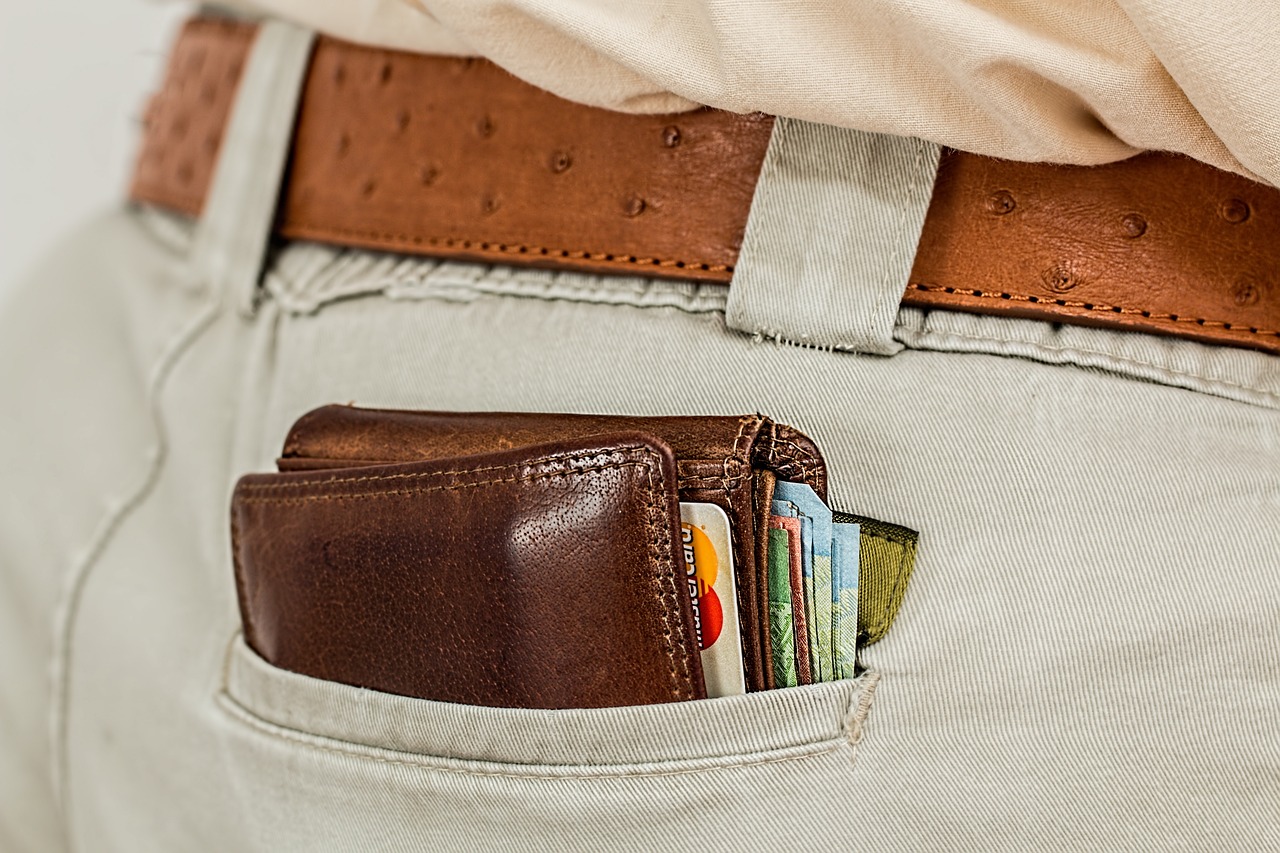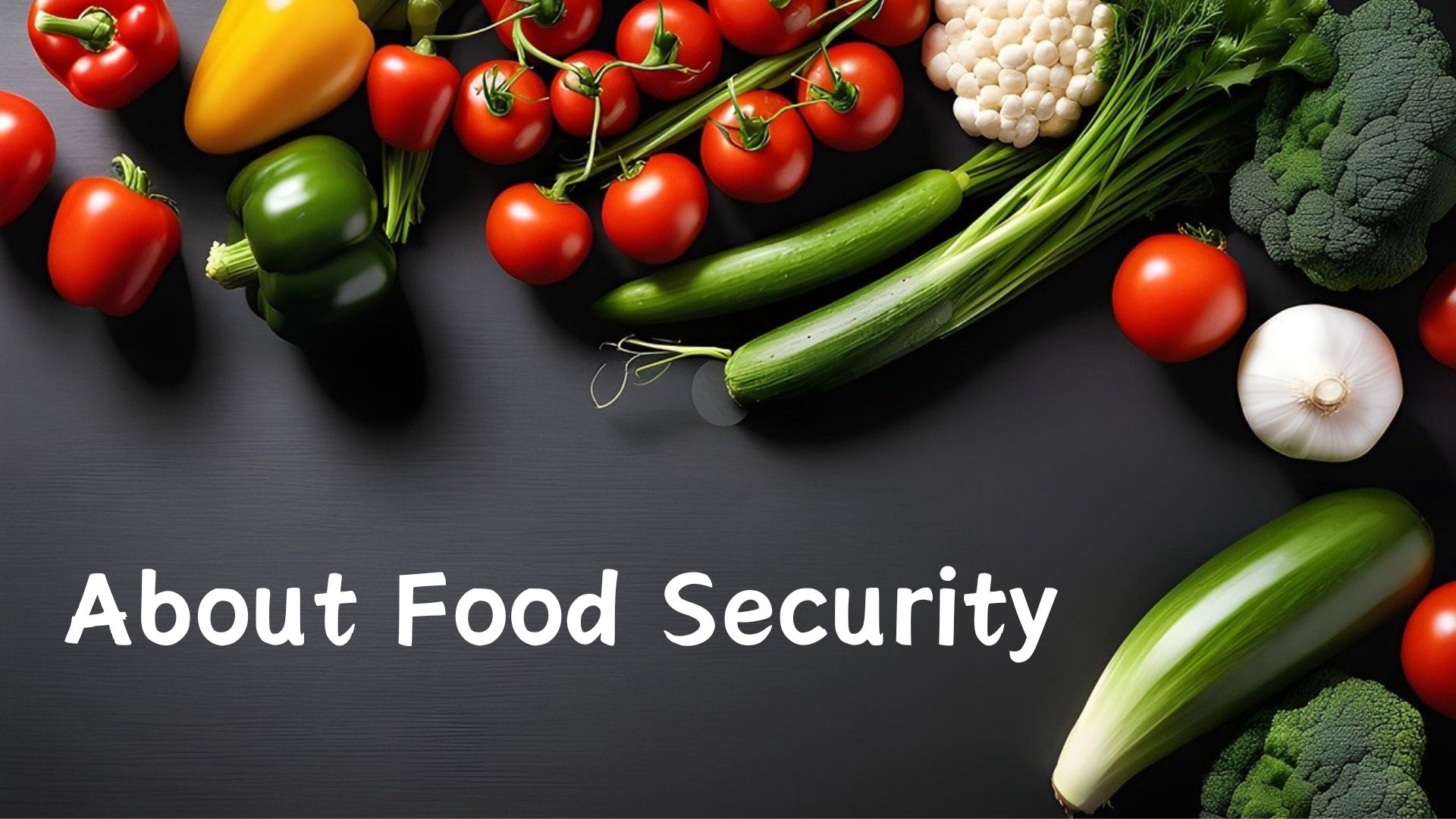
10 Neat Things about Food Security
10 Neat Things about Food Security
By Shauna Dobbie July 11, 2024
1. 16% in Canada.
Although 84.1% of people in Canada enjoy complete food security, which means they don’t worry about running out of food at all, 4.2% miss meals and reduce food intake at least sometimes. In the most severe cases, people will go for a day or more with no food. Of the remaining 12%, 7.4% give up quality or quantity of food for lack of money and 4.3% have very real concerns about running out of food.
2. Alberta.
Surprisingly, according to statistics from 2020, the province with the highest rate of food insecurity was Alberta, with 20.3% of people. Of those, 6.3% were severely food insecure. New Brunswick and Saskatchewan were the second and third least food secure of the provinces, New Brunswick at 19% and Saskatchewan at 18.8%. These numbers have varied over the past 10 or 20 years, as have the provinces who took the least-secure spots.
3. Quebec.
The most food-secure province is Quebec, with 13.3% having any food insecurity, and 2.8% having severe food insecurity. Quebec has consistently had the highest level of food security for at least 10 years. The researchers involved in PROOF, an organization that tracks these things in Canada, believe Quebec has fewer food-insecure people because it ties its social assistance programs and income benefits to inflation.
5. Mental health.
It’s not surprising that the food insecure are more likely to suffer from mental health problems. What is surprising is the increased rate at which they suffer. Individuals who’ve had a major depressive episode in the past year, around 7% are food secure and 40% are severely food insecure. The correlation is clear, although it is not clear whether the depression is the cause or the result of food insecurity.
6. Gardening.
According to PROOF: “Although Canadian adults in food insecure households are less likely to garden for food than those in food secure households, there is no indication that gardening for food protects households from food insecurity.” If you read the paper that this is based on, the researchers are applying reasonable methods. Nonetheless, one must admit that if you grow 33% of your household’s vegetable needs (a number from a 2016 study in New York), that’s vegetables you get to eat but you don’t have to spend money on.
7. Plant, Grow, Share a Row.
This organization in Canada encourages gardeners to grow an extra row of produce to help support food banks and soup kitchens. The “seed” of the program started in Winnipeg in 1986, when a couple grew more potatoes than they could eat so they donated the excess to a food bank. Their donation was such a success that the couple started encouraging their friends to grow a row and donate the produce. That one Winnipeg group has donated more than 1.4 million pounds of produce since then. Today, there are similar organizations across the country.
This is a non-profit group that lobbies government, distributes food boxes and supports urban agriculture. They say that in 2021, they reached over 270,000 people, trained over 4000 people and distributed more than 3.5 million pounds of food. The group does enormous good; however, it is very political, which may turn off some people.
9. Right to food.
Canadians have a right to adequate food. The government has ratified the UN International Covenant on Economic, Social and Cultural Rights. According to Food Secure Canada, this means that the federal government needs to do something about the millions of our citizens who are hungry or at risk of being hungry. All levels of government need to make sure nobody falls below a certain income so that everyone can access proper food.
10. Increased income.
PROOF states that the way to decrease food insecurity is to increase incomes. They say that for every $1 raise in the minimum wage, the odds of food insecurity are lowered by 5%. For every $1000 increase in welfare, the odds of food insecurity drop 5% again. On the other hand, for a 1-percentage point raise in the lowest income tax rate, you get a 9% raise in the odds of food insecurity.


